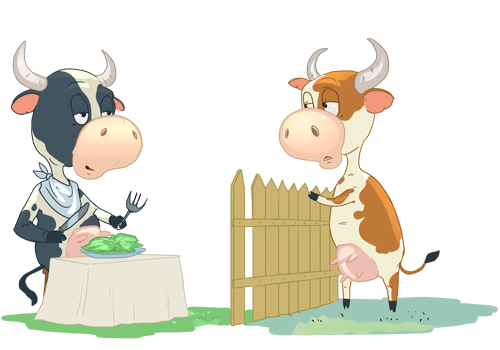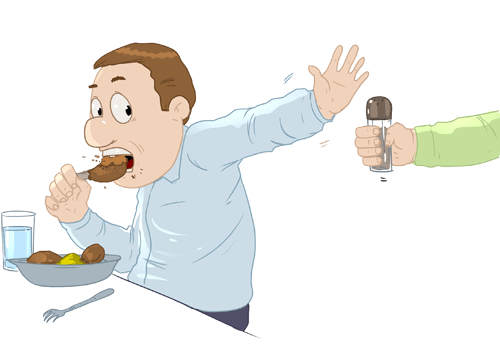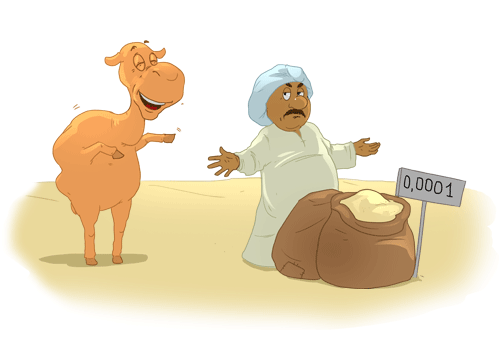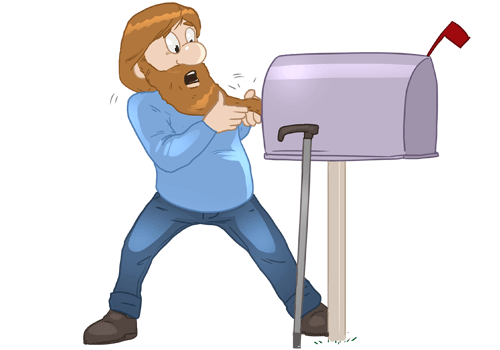Swedish
Svenska
Svenska
9 million
Sweden, Finland, EU, Nordic Council
USA, UK, Canada, Estonia, Argentina, Brazil


There are no sharp dialect boundaries between the Scandinavian languages, and the differences between Danish, Swedish and Bokmål-Norwegian are so small that with a bit of practice and patience, the languages are mutually understandable, especially in writing. Thus, in mixed company, Scandinavians simply speak their own language rather than a common lingua franca. In this perspective, Swedish acts as a bridge between Finland and the other Scandinavian languages, because of the language's official minority status in Finland. However, in spite of the historical-cultural ties, most Finnish speakers today prefer English to Swedish, even in communication with their Nordic neighbours.
Slavery and serfdom abolished
Stockholm bloodbath
30-year war
Great Northern War
1 million emigrate to US
Spelling reform 1906, Finland ind. 1917
Since an extensive spelling reform in 1906, the Swedish writing system is quite phonetic, making it easier for children to learn to read, and harder for foreigners to recognize international words such as pjäs (French pièce, 'folder', 'brochure'). Besides the 26 ordinary Latin letters, modern Swedish uses three typical Scandinavian letters: an 'å'-variant of 'a', and the umlaut letters 'ä' and 'ö'.
Proto-Nordic and Old Norse were written with runes (elder and younger Futhark alphabet, respectively).
| Elder Futhark | Younger Futhark | Latin letter | IPA |
|---|---|---|---|
| ᚠ | ᚠ | f | /f/ |
| ᚢ | ᚢ | u | /u(ː)/ |
| ᚦ | ᚦ | þ | /θ/, /ð/ |
| ᚨ | ᚨ | a | /a(ː)/ |
| ᚱ | ᚱ | r | /r/ |
| ᚲ | ᚴ | k | /k/ |
| ᚷ | - | g | /ɡ/ |
| ᚹ | - | w | /w/ |
| ᚺ ᚻ | ᚼ | h | /h/ |
| ᚾ | ᚾ | n | /n/ |
| ᛁ | ᛁ | i | /i(ː)/ |
| ᛃ | - | j | /j/ |
| ᛇ | ᛅ | ï / æ | /æː/ |
| ᛈ | - | p | /p/ |
| ᛉ | - | z | /z/ |
| ᛊ | ᛋ | s | /s/ |
| ᛏ | ᛏ | t | /t/ |
| ᛒ | ᛒ | b | /b/ |
| ᛖ | - | e | /e(ː)/ |
| ᛗ | ᛗ | m | /m/ |
| ᛚ | ᛚ | l | /l/ |
| ᛜ ᛝ | - | ŋ | /ŋ/ |
| ᛟ | - | o | /o(ː)/ |
| ᛞ | - | d | /d/ |
| - | ᛦ | R | /R/ |
Swedish has two grammatical genders, common (uter) and neuter gender. Like English, the language has lost all case marking other than a genitive-s, which some nowadays regard as a possessive marker rather than a case marker. Also, Swedish verbs mark neither person nor number. However, inflectional forms remain for gender (adjectives) and number (nouns and adjectives), and there is an enclitic definite article complicating things for nouns:
| Indefinite singular | Definite singular | Indefinite plural | Definite plural | |
|---|---|---|---|---|
| Uter gender, -a |
flicka
girl |
flickan | flickor | flickorna |
| Uter gender, other |
stol
chair |
stolen | stolar | stolarna |
|
växt
plant |
växten | växter | växterna | |
| Neuter, ending in vowel |
äpple
apple |
äpplet | äpplen | äpplena |
| Neuter, with consonant |
barn
child |
barnet | barn | barnen |
| Irregular |
man
man |
mannen | män | männen |
Swedish marks only 2 tenses inflectionally: present (-r) and past (-de/-te in regular verbs). A special supine form (-it) is used with the auxiliary ha to create a perfective past tense implying relevance at the time of speaking: han har tagit det (he has taken it). The future is expressed with the auxiliary ska plus the infinitive: han ska arbeta (he will work).
The normal word order in Swedish is subject-verb-object. Within syntactic groups, light material (articles, determiners, adjectives, adverbs) is placed left, heavy material (subclauses and prepositional phrases) is placed to the right.
Swedish can create words by compounding, e.g. regionutvecklingssekretariatet (the secretariate for regional development), so in theory the Swedish lexicon is of unlimited size. Swedish has exported few words, mostly edibles, some of them more edible (lingon(berry)), some less (surströmming), but also scientific terms such as angström (a tenth of a nanometer) or tungsten (literally "heavy stone"). Grammatically interesting is the noun affix "-is", used to create new cultural terms from other noun roots: dagis (day+is, kindergarten), kompis (buddy), godis (good+is, sweets), postis (postman), kändis (well-known+is, a famous person) and its antonym, doldis (hidden+is).
Apart from linguistic differences, Swedish dialect borders also mark the history of Sweden as an empire and a coalescing nation state. Thus, Finland-Swedish (including Åland) and the (all but extinct) Estonian Swedish are remnants of Swedish settlement and administration around the Baltic Sea, while Southern Swedish is spoken in formerly Danish territories, and has retained Danish traits (such as the consonant shift from word internal p, t, k to b, d, g).
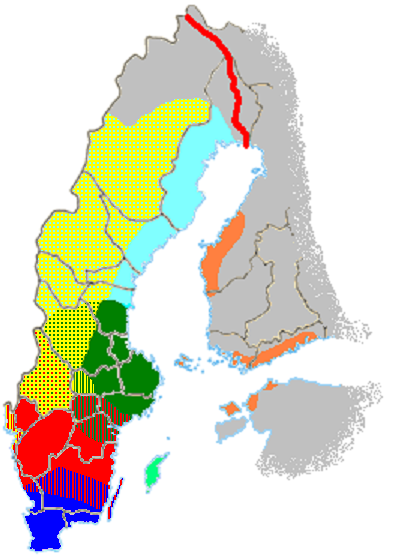
Source: Wikimedia Commons








